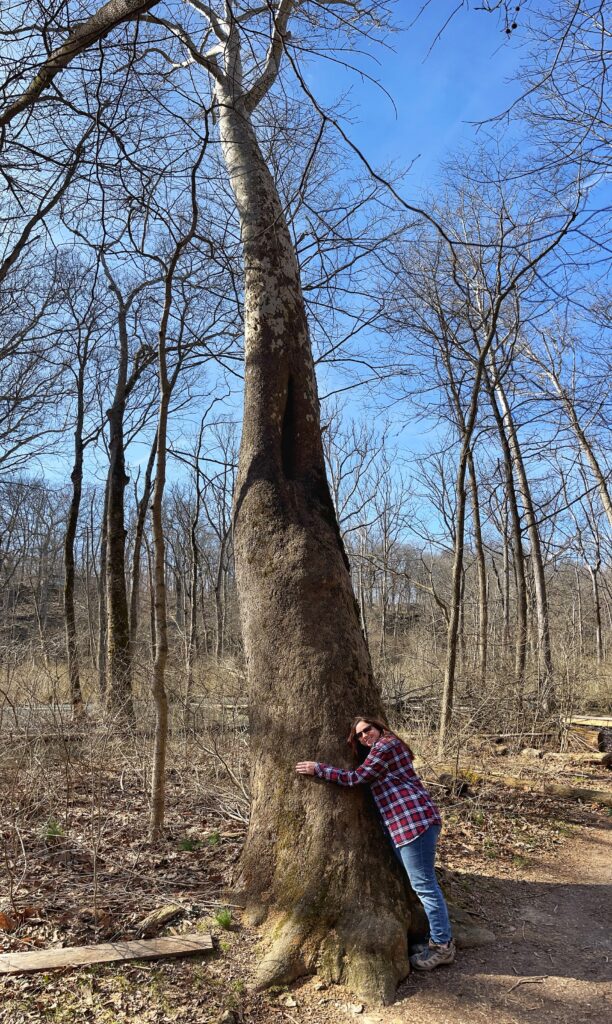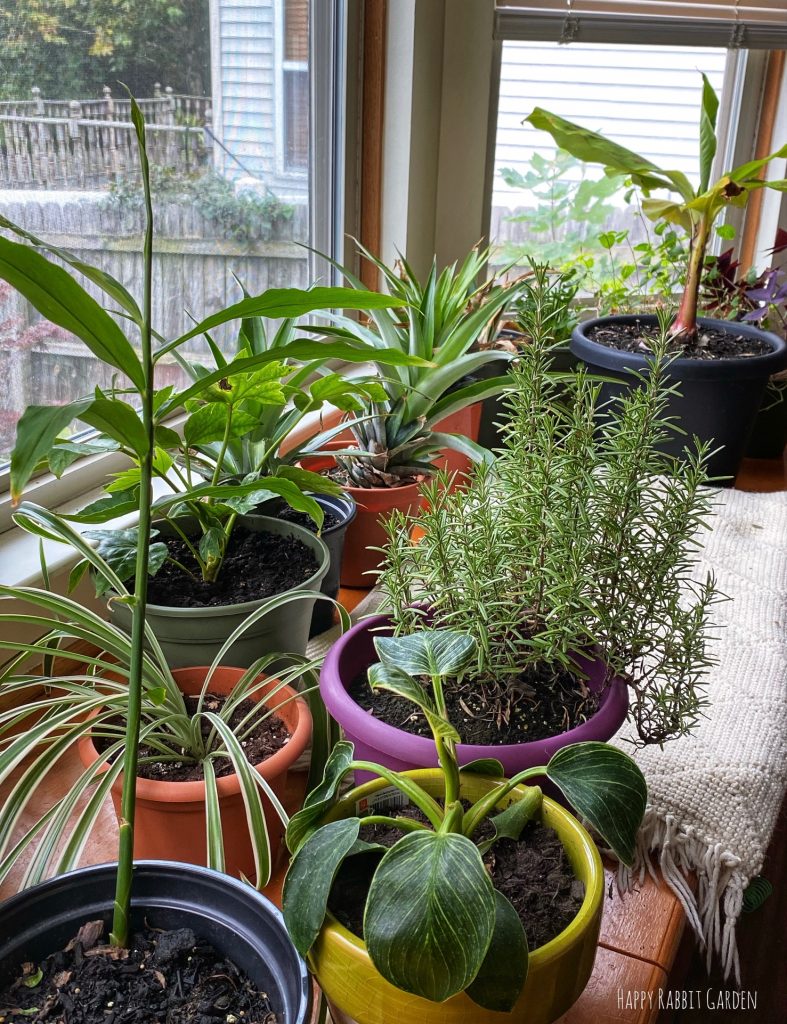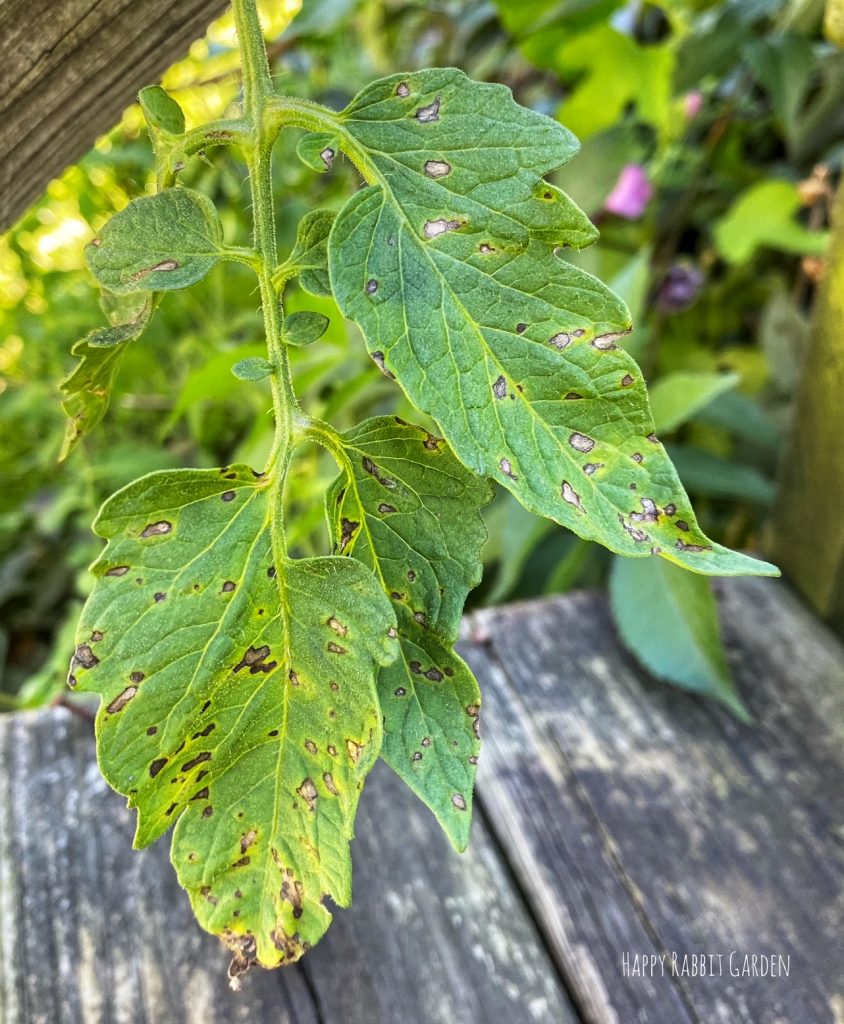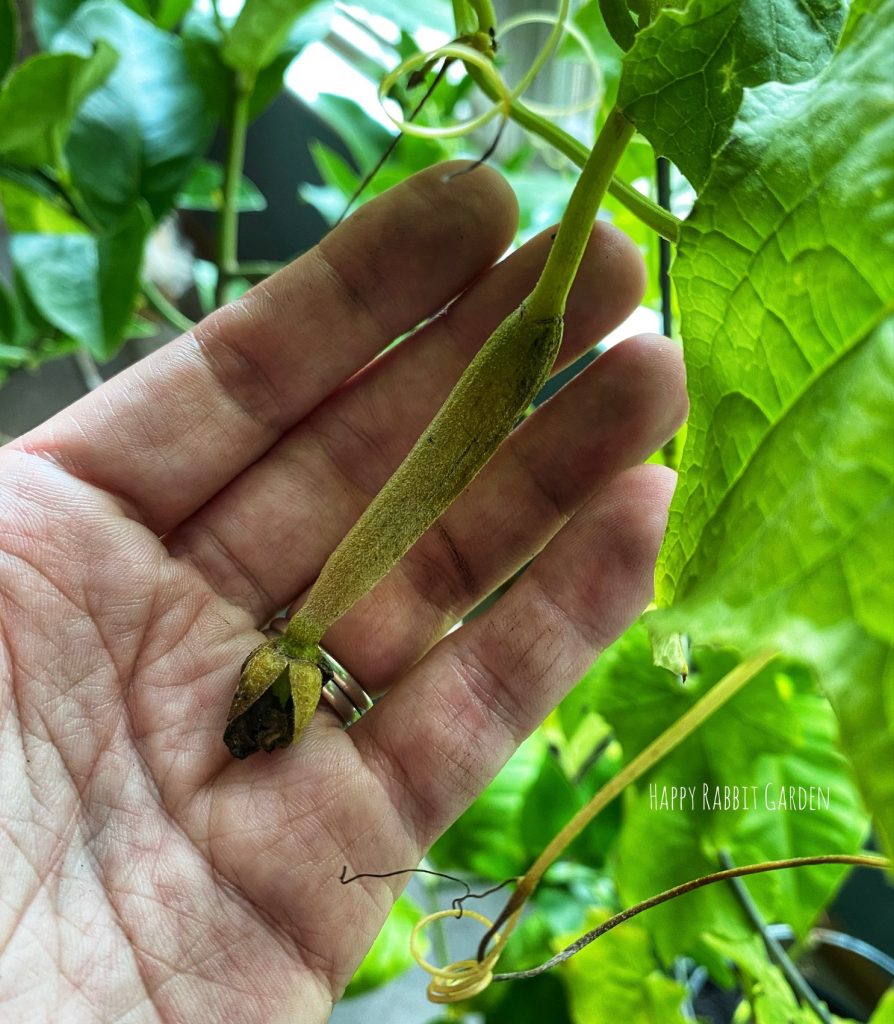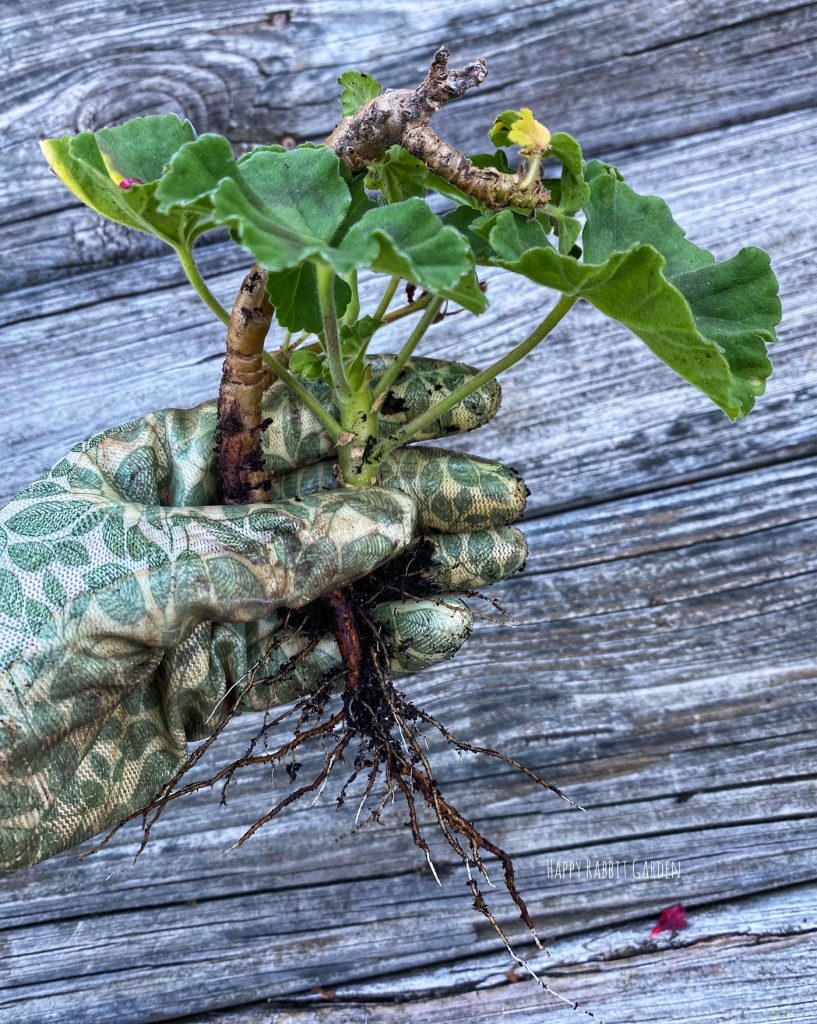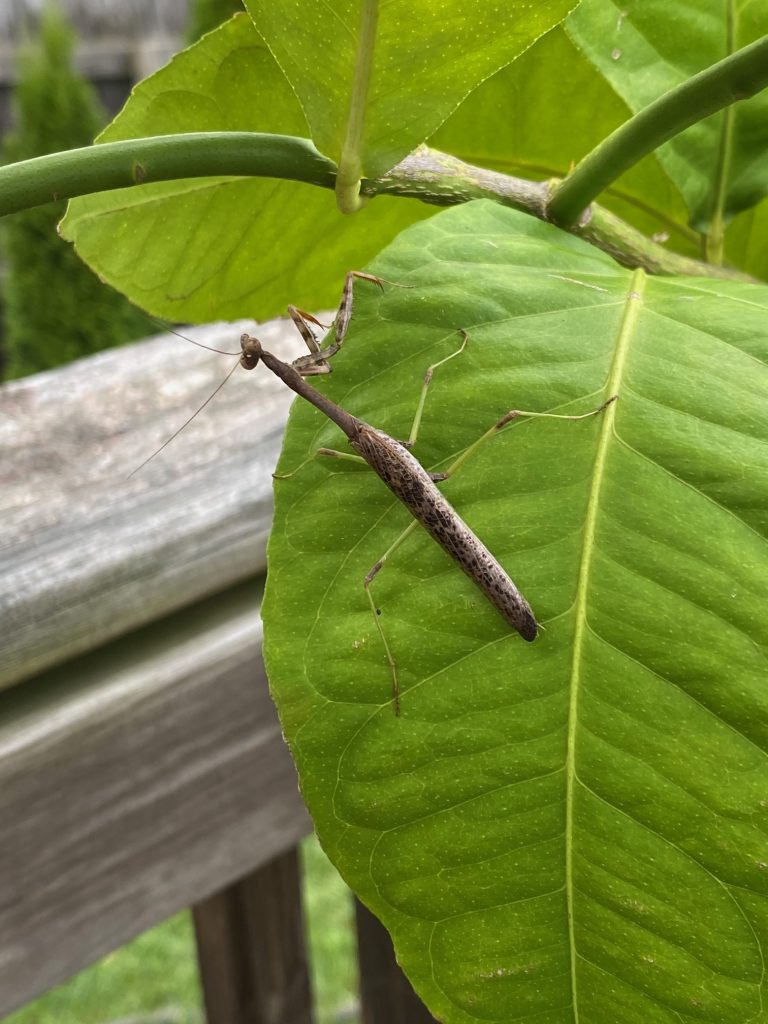
It’s been a minute since I checked in, and what an auspicious time we’ve had in the garden this year. May was filled with some of the worst drought conditions we’ve ever seen in Central Ohio, followed by such toxic air pollution from wildfires this month, that everyone is being advised to stay indoors. Hoping the areas in desperate need of rain see some soon. We’re expecting storms over the next few days, and then, hopefully, I can get outside to play in the garden some more.
The late spring is usually filled with a flurry of activity in the garden, but I’ve been spending most of my time indoors. The cottonwood trees spent, what felt like an eternity enacting warfare against everyone’s allergies. Then, we had a pretty big heat wave, with the aforementioned drought. We installed a rain barrel this year, right before the skies dried up. Then, rain did hit, and we had a few days with 2+ inches of rain. The weather can’t decide what extreme feat it’s going to dish out, it seems.

Despite this, I did manage to get everything I wanted in the ground this spring. The raised beds are full of crops again this year. I harvested a bumper crop of garlic scapes, and then bulbs. The lettuce, spinach, asparagus, and strawberries also did well, before the heat really set in. Right now, there’s: potatoes, peas, loofahs, watermelon, cantaloupe, pumpkins, squash, tomatillos, leeks, two types of tomatoes, three types of peppers, onions, two types of beans, dill, two varieties of basil, parsley, oregano, fennel, three kinds of mint, nasturtiums, pineapples, lemon, bay laurel, rosemary, five kinds of thyme, chamomile, and beets growing (and a partridge in a pear tree). The beets bolted in the heat, but everything else is looking well. I should be harvesting the onions quite soon, and all the herbs have been enjoyable in various dinners.
I tried to focus on expanding the native plantings this year, and so far, all of those plants are looking quite happy as well. They truly are built to withstand everything we experience here, from our clay soil, to our scorching summers, and freezing winters. A few of the plants I put in several seasons ago have bloomed for the first time, and watching the pollinators out enjoying it all feels like a true accomplishment.

Aside from all the moths, bees, and other pollen-lovers, it’s been very interesting watching the ecosystems in the garden at work. Our weather recently has been pretty wet and hot, and most gardeners I talk to have been spotting huge groups of aphids. But, with the aphids, come insects higher up the food chain who like to dine on them. In the morning, I’d walk around, and see tiny red aphids covering the fennel and goldenrod plants. But, by the afternoon, they would all be hoovered up from the resident ladybug and firefly populations. We don’t use any pesticides in our yard, and just don’t see many problems from unwanted insects. It’s hard to believe the answer is really so simple, but letting nature do its thing truly works.
A majority of the plants in the garden are native, and this is absolutely the bedrock of a healthy yard. I don’t mean to sound preachy, but I can’t say enough about the importance of planting things that are meant to live in your yard. That’s not saying there isn’t room room some of our beloved plants from other areas around the globe (so long as they aren’t invasive), but making space for plants that are designed to thrive and support local food webs keeps things much healthier. It’s exhausting and expensive trying to maintain plants that aren’t meant for your soil conditions, weather, precipitation levels, or geographic location. I’ll always have crops, and a handful of other non-native plants on hand. However, I’ve seen, first hand, the benefits of natives. I’ve fallen in love with their beauty, and have experienced so many amazing wildlife encounters because they are in our yard.
So, that’s what’s been going on around these parts so far this gardening season. Who knows what’s on the horizon for these next few summer months. Hope you are all staying safe and that your gardens are also bringing some needed joy this season. Happy gardening!



